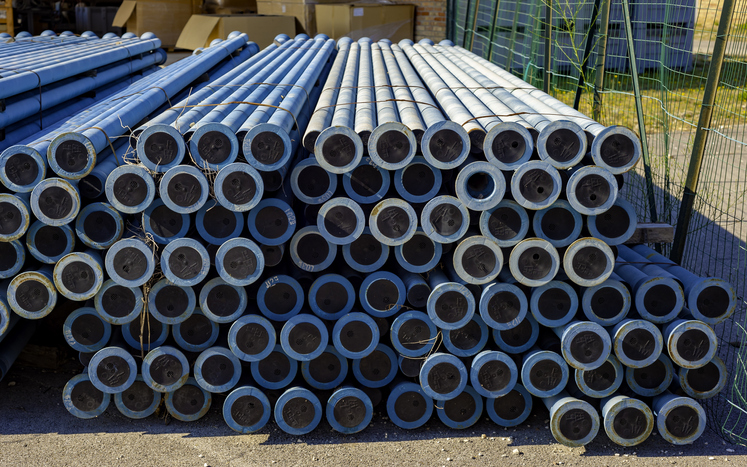When it comes to materials exposed to water, certain metals will corrode faster than others. This problem is serious for ships that are out in freshwater or saltwater environments. Iron metal is used extensively throughout a ship, from the hull’s body to mechanical equipment, as this material is the most corrosion-prone metal. Other metals also experience corrosion as they are impacted at various levels even when not in direct contact of the water. Moisture-laden winds can also cause metal corrosion on ships, dock gates, platforms, storage tanks and other structures.
There are several ways to protect a ship from this corrosion. In addition to using paints with anti-corrosion qualities, Zinc cathodic anodes will help prolong the life of metal used in marine applications.
What are Cathodic Anodes?
Cathodic anodes are strips of metal that are attached to another piece of metal that will experience corrosion due to maritime environments. The ship’s metal, the salt water, the oxygen and hydrogen in the water, and the anode are turned into an electrochemical cell. An electrical current becomes generated as the metal strip is turned into a cathodic anode due to its inherent electrical efficiency. The electrons in the metal are drawn out of it into the water, as this creates corrosion.
Since the cathodic anode contains a higher electrical efficiency than the metal it is attached to, the electrons are pulled first from the cathodic anode instead of the ship’s metal. This process is called cathodic protection, as the anode experiences the corrosion activity instead of the ship. Cathodic anodes are also called sacrificial anodes because they “sacrifice” themselves to the water to protect the metal that the anode is attached to.
Why Use Zinc as a Cathodic Anode?
Zinc helps complete the electrical circuit in the water without having an outside electrical source present. It has a high level of reactivity to the water, oxygen and hydrogen that are present in maritime environments. The metal also has a high electrochemical capacity and is reliable in a range of different low oxygen and high oxygen water environments. Due to this high voltage, current flows more readily from the metal to offer greater protection to the attached ship.
High purity zinc is often used as a cathodic anode. The size and shape of the zinc is important as there needs to be enough electrical potential for the metal to act as a cathodic anode. Zinc anodes can come as flat rods, block-shaped, disc-shaped, cylindrical, teardrop-shaped, tubular, semi-cylindrical, and bracelets. The shape of the anode will usually be based on the shape of the equipment or ship’s surface that needs to be protected. The anode will be attached using bolts, brackets or by welding.
Changing Cathodic Anodes
Cathodic anodes will need to be replaced once they have experienced complete decay. The time frame of when the cathodes should be changed will depend on the corrosiveness of the environment. If the cathodic anodes need to be changed often, the size of the anode may have to be increased. Usually, anodes should be checked every 2 years or 3 years as they are replaced when the ship is dry docked.
For more information about zinc cathode anodes and what products that Belmont Metals can offer, contact our company today.

